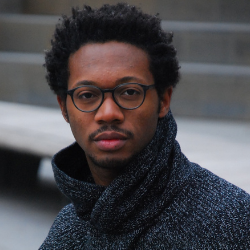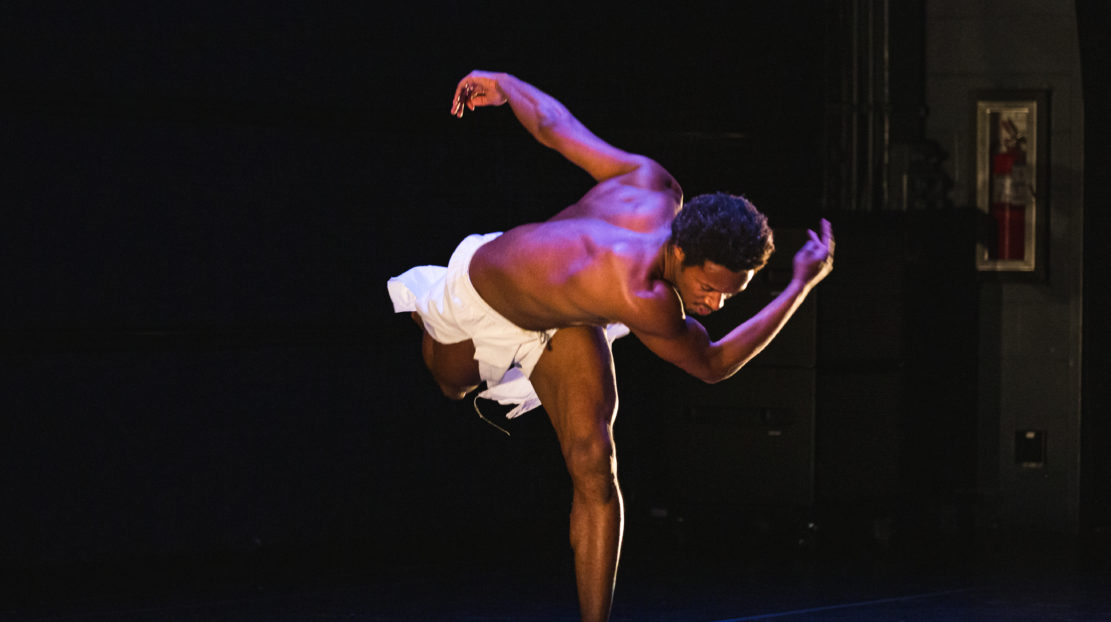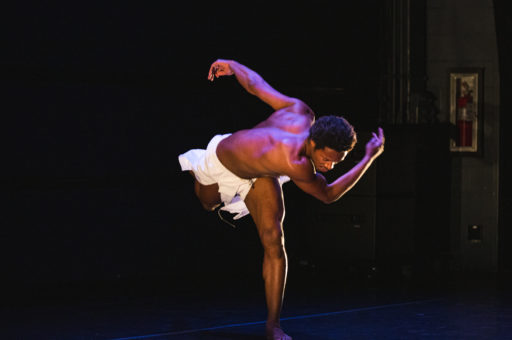About Kyle Marshall
Jersey City, New Jersey
Kyle Marshall (CBA ’22) is a choreographer, performer, teacher and artistic director of Kyle Marshall Choreography (KMC), a dance company that sees the dancing body as a container of history, an igniter of social reform and a site of celebration. Since inception in 2014, KMC has performed at venues including: BAM Next Wave Festival, Jacob’s Pillow Inside/Out, Actors Fund Arts Center, NJPAC, Little Island, and Roulette. Kyle has received choreographic and dance film commissions from the Baryshnikov Arts Center, “Dance on the Lawn”, Montclair’s Dance Festival, Harlem Stage and THE SHED. Kyle is a recipient of a 2020 Dance Magazine Harkness Promise Award and 2018 NYJuried “Bessie” Award. As a teacher, Kyle has conducted masterclasses, creative workshops, set choreography at schools including; ADF, Rutgers University, Ailey/Fordham University, Montclair State University, County Prep High School, and Bloomfield College. He is currently a Caroline Hearst Choreographer-In-Residence at Princeton University and is in residence at the Center for Ballet and Arts at NYU. Additional residencies for KMC include MANA Contemporary, 92nd st Y, CPR, and Jamaica Performing Arts Center. Kyle dances with the Trisha Brown Dance Company and has also worked with doug elkins choreography etc and Tiffany Mills. Kyle graduated from Rutgers University with a BFA in Dance and resides in Jersey City.
Julius Eastman Project
Kyle Marshall’s CBA Fellowship project focused on his research of the late composer, conductor, singer, pianist, and choreographer, Julius Eastman (1940-1990). During his life, Eastman became a pillar in NYC’s downtown music scene. As Eastman left few tangible scores or recordings, until recently, his contributions to the field have been overlooked. Eastman’s work dissidently centers Blackness, masculinity, and queerness within a eurocentric artform. By bringing Eastman’s music into his body of work, Marshall explored how Black and queer embodiment exists in, complicates, and veers away from post-modern and ballet’s eurocentric ideology.





